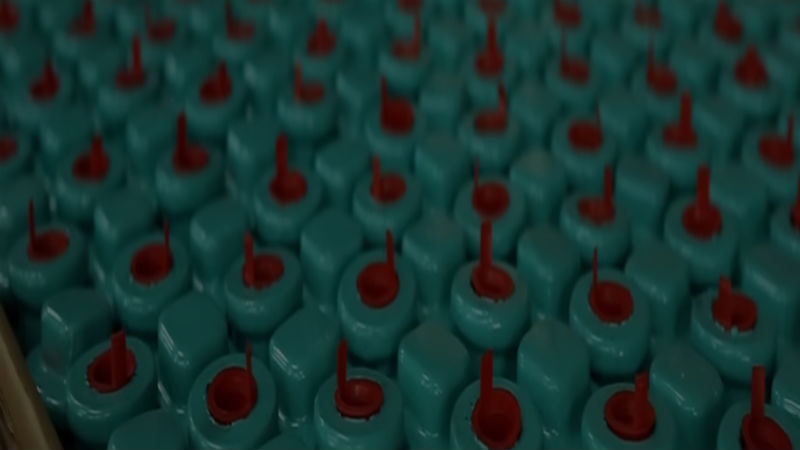For restorations and for repairs, chrome plating is a great way to take an old part and make it look like new again. However, when you are considering hard chrome plating stainless steel for industrial applications through restoration or repair of existing components, there are some essential steps to take before chrome plating.
Understanding what the chrome plating shop will do, and what you may want to do in advance of shipping the part or dropping it off will be important. Many of the top specialty shops offering hard chrome plating stainless steel as their primary service will still offer several supplemental services that can help reduce your workload.
Surface Repairs
It is important to realize that hard chrome plating covers the surface of the component with a thicker layer of chrome, but still to the desired tolerances for the customer. With that being said, any irregularities in the surface of the stainless steel such as cracks, pits or other types of surface imperfections can actually be magnified rather than covered up through the hard chrome plating process.
Even very fine pinholes in the original stainless steel can be magnified in the final plated item. Any type of irregularities in the final hard chrome plating can be a result of problems with irregular surfaces, which is why it is a good idea to have the chrome plating company complete the surface preparation through grinding and sandblasting as needed.
Taking the time to grind and repair any damaged area on the part will be essential. This can be done by hand on your own or may be offered as part of the services by the company completing the hard chrome plating work.
Desired Thickness
When chrome plating stainless steel parts the reason for the chrome plating will be important. There are different thicknesses or deposits of chrome that can be used to increase lubricity and harness, to prevent galling and to provide additional protection when the part or component is used in a particularly corrosive or harsh type of work environment.
The thickness of the deposit of the chrome on the part will also be a factor of the need to potentially build-up the surface area of a worn part or a component. Talking with the shop and having a clear understanding of the thickness requirements will be essential before processing the part.

